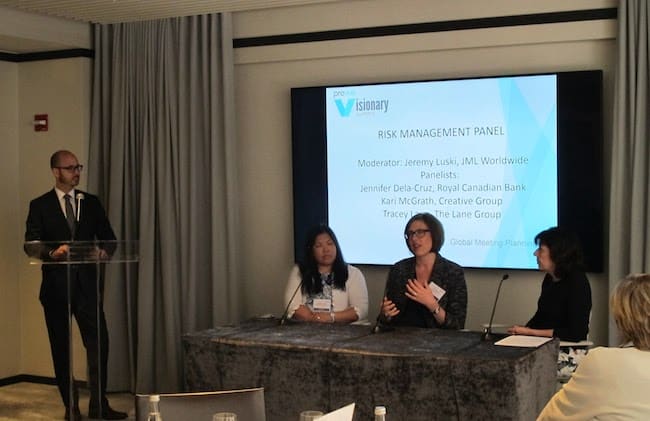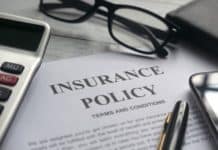
Jeremy M. Luski, founder and CEO of global event management agency JML Worldwide, led the meeting security panel at Prevue’s New York Visionary Summit at Langham Place last week. For meeting planners who didn’t attend, Luski shared seven reminders and words of advice about health and safety risk management to consider when organizing a global event.
- When sourcing and evaluating a venue, walk through all areas, review internal risk-management procedures and have the establishment follow up post site inspection with its emergency action plan.
- Make sure that suppliers (a general contractor or production company, for instance) provide you as the organizer an internal health and safety risk assessment after being hired and certainly prior to setting up on site.
- On your event website and mobile app, have a one-page or downloadable pdf that details health and safety awareness information for attendees, speakers, exhibitors, sponsors and staff. This should list local emergency phone numbers and addresses to the nearest hospitals, police or other relevant data.
- Also on your event website and mobile app, list U.S. Embassies and Consulates and U.S Department of State information based on your geographic destination. Speak with these offices to see how you can collaborate together or what information you can provide to enhance local awareness.
- Does your company have a strategic plan in the event that a natural disaster, terrorism, unstable destination or catastrophe occurs? It is strongly suggested to have a detailed plan outlining procedures for staff (internal and part time) and participants.
- Communication at an event is vital. It is recommended to have an initial overall risk-management brief and venue walkthrough with your onsite staff lead by the health and safety officer. During this time, verbal (in-person or radio) and written (SMS, mobile app, email, etc.) communication procedures should be reviewed and understood.
- Use technology to stay aware of instances in the destination where you event is being held. The following sources are available via a website and mobile app: the U.S. Department of State’s Smart Traveler Enrollment Program (STEP); Centers for Disease Control and Prevention’s TravWell; and HealthyMap: Outbreaks Near Me.










